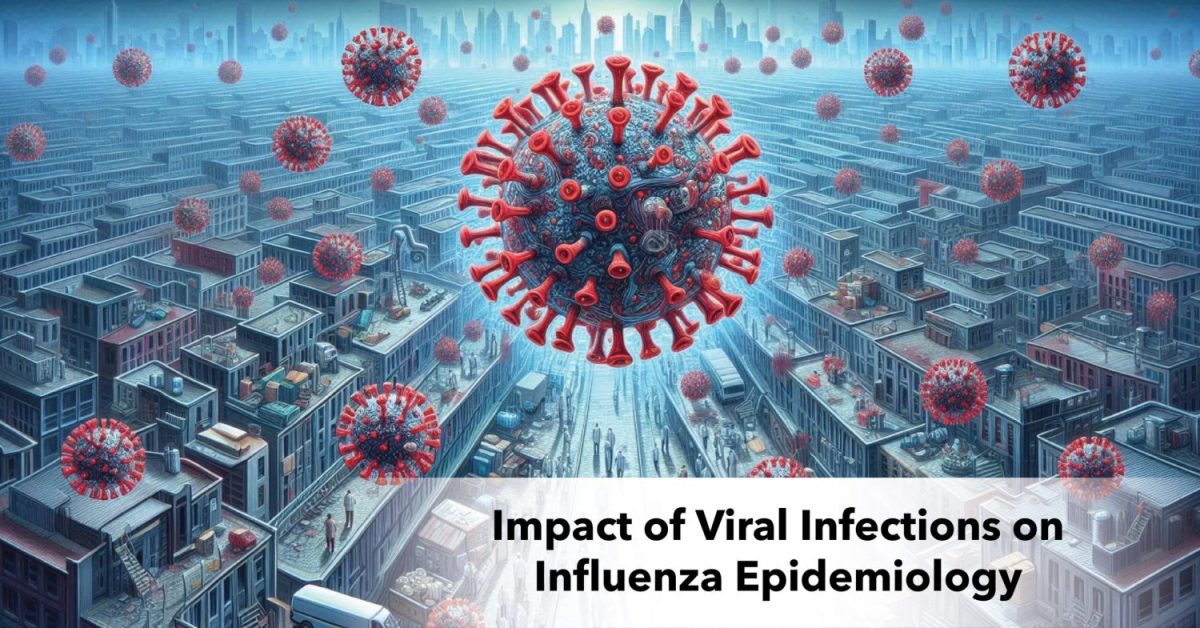Influenza is often identified as the flu, thereby constituting a viral infection with severe public health impacts around the world. The epidemiology of influenza is quite complex and is impacted by many factors, such as the presence of other viruses. Co-circulating viruses may impact the dynamics of transmission and influenza outcomes. Understanding this relationship is key to enhancing prevention and control measures for flu outbreaks. In that respect, the reminder of this review will be how other past and present viral infections add to the epidemiology of influenza, learning from some of the most recent research and major findings and their implications.
Viral interference and the Dynamics of Infection
Viral interference is a process occurring in a host in which an infection with a virus suppresses the reproduction or transmission of another pathogen. This would occur by way of multiple mechanisms, including the host immune response having been activated against the first virus, hence making it much more difficult for the second virus to cause infection. For instance, respiratory viruses tend to interfere with influenza viruses. In fact, virus infections have been linked to the activity of influenza, most likely due to a competitive relationship between the two viruses.
By contrast, co-infections, in which an individual is infected with two or more viruses at the same time, can complicate the natural history of diseases. Co-infections of influenza with another respiratory virus, such as RSV or adenovirus, can result in a more severe clinical course and higher rates of hospitalization. The presence of more than one pathogen may actually serve to strengthen the immune response in the host, ultimately increasing inflammation and tissue damage.
Seasonality and Virus Interference
Seasonal patterns of viral infections may primarily drive influenza epidemiology. The peak for influenza typically presents variably during the winter in temperate regions. However, this is modified by interactions with other seasonal viruses. For instance, it was recently demonstrated that in seasons with high activity of non-influenza respiratory viruses, such as RSV and human metapneumovirus, anomalies in influenza transmission could occur. Such interactions change the timing, duration, and intensity of influenza outbreaks.
In the tropics, these interactions are likely to be even more complicated due to the potential for infections to be caused by circulating viruses all year round. The circulation of multiple related respiratory viruses at any point in time generates a dynamical process in which viral interference and co-infections are constantly modulating the epidemiology of influenza. Uncovering these patterns should help in the prediction and control of influenza outbreaks in contrasting climatic settings.
